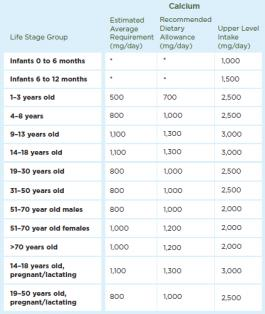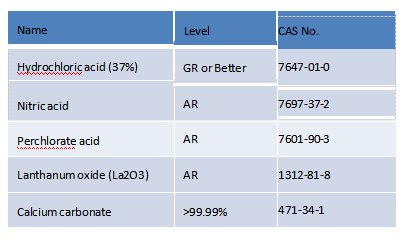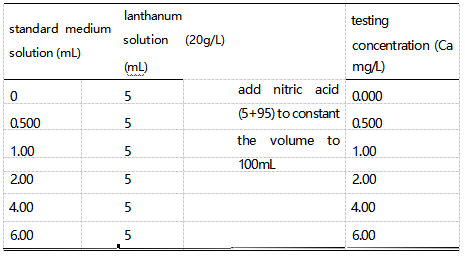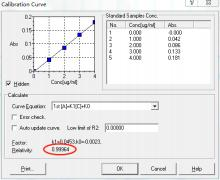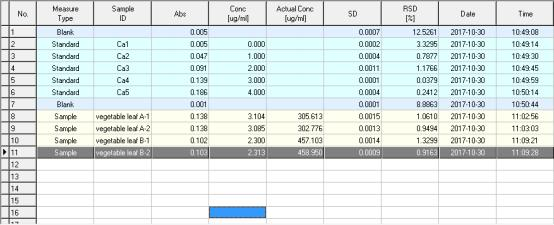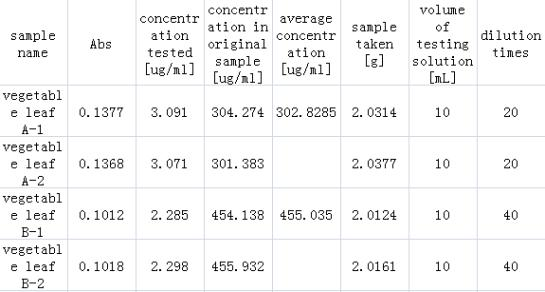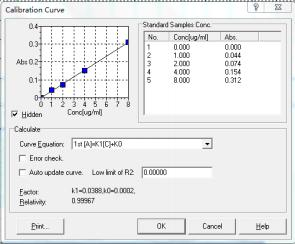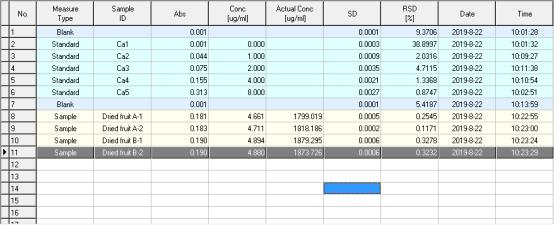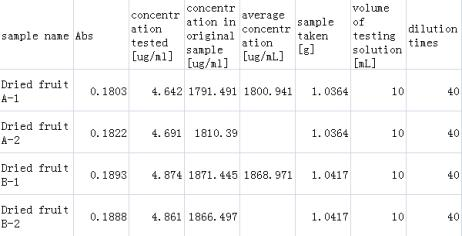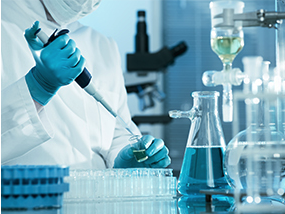Calcium is very essential in muscle contraction, oocyte activation, building strong bones and teeth, blood clotting, nerve impulse, transmission, regulating heart beat and fluid balance within cells. The requirements are greatest during the period of growth such as childhood, during pregnancy, when breast feeding. Long term of calcium deficiency can lead to osteoporosis in which the bone deteriorates and there is an increased risk of fractures (ResearchGate).
Given that calcium is an important micro element for human body, the calcium content claims on food label plays a vital role in marketing.
According to CFR (Code of Federal Regulations, Title 21, Chpt 1, part 101 – food labeling), ‘high’claims (or‘rich in’,‘excellent source of’) may be used on the label and in the labeling of foods, except for some meal products and main dish products as defined, provided that the food contains 20 percent or more of the RDI or the DRV per reference amount customarily consumed, as shown below. A claim of‘good source (‘contains’,‘provides’) can be made of 10-19 percent in such.
Figure 1 Dietary Reference Intakes for Calcium. (For Infants, adequate intake is 200mg/day for 0 to 6 months of age and 260mg/day for 6 to 12 months of age.)
Therefore, the testing of calcium in food is very important for food manufacturers. AAS990 are A3 atomic absorption spectrophotometer are budget-friendly trace level analysis equipment for most metal elements measurement. For calcium, a detection limit of 0.02 ppm can be achieved, using flame atomization method.
General principle of testing
After digestion, add Lanthanum solution as a releasing agent. After atomization by flame method, calcium concentration is measured by absorbance at 422.7 nm wavelength, comparing to standard solutions.
Equipment and Reagent
Equipment:
AA990 or A3 absorption spectrophotometer, PERSEE ANALYTICS: flame burner head, calcium hollow cathode lamp
Analytical balance (1mg and 0.1mg level)
Microwave digestion system: TOPEX+ microwave digestion system, PERSEE ANALYTICS, with teflon vessels
Hotplate (heat up to 200C)
Reagents:
Reagent
Nitric acid solution (5+95): add 950mL water to 50mL nitric acid, shake even. Nitric acid solution (1+1): add 500mL water to 500mL nitric acid, shake even. Hydrochloric acid (1+1): add 500mL water to 500mL hydrochloric acid, shake even.
Lanthanum solution (20g/L): take 23.45g Lanthanum oxide, add a little water, and then add 75mL hydrochloric acid (1+1) to dissolve. Transfer solution to volumetric flask and constant volume to 1000mL.
Standard solution making
Standard calcium stock solution (1000mg/L): take 2.4963g (0.0001g level) calcium carbonate, add hydrochloric acid (1+1) to dissolve, then constant volume to 1000mL.
Calcium standard medium solution (100mg/L): take standard calcium stock solution (1000mg/L) to volumetric flask; add nitric acid solution (5+95) to constant volume to 100mL.
Calcium standard solution for testing: make testing standard solution as the recipe below:
*Standard concentrations can be modified during actual experiments.
Sample preparation
Crude sample treatment
Cereals and beans
Remove unwanted rocks and grass. Then, crush samples, store them in plastic bag.
Vegetables, fruits, fish, meat
Wash the sample with water and let dry. Take the edible part, make it a homogeneous liquid and store sample in plastic bottle.
Beverages, wines, vinegar, sauce, edible oil, milk products
Shake the sample well.
Sample digestion
Basically, there are four methods for digestion:
Wet-heating method
Take solid sample 0.2-3g (to 0.001g level) or liquid sample 0.500 -5.00mL into digestion vial or glass bottles, add 10mL nitric acid, 0.5mL Perchloric acid. Then, put containers on hotplate for digestion (keep at 120℃ for 0.5h-1h, then keep 180℃ for 2h-4h, lastly rise to 200-220℃). After this step, the digestion solution should be transparent colorless or light
yellow. If it’s brown, add nitric acid and continue digesting, until get a transparent solution. After digestion, take the containers off the hotplate and set to room temperature.
Flush sample out with water and constant volume to 25mL. Dilute it if necessary, during which add Lanthanum solution (20g/L) to reach a final concentration of 1g/L.
Also, make reagent blank test.
Microwave digestion
Take 0.2-0.8g sample (to 0.001g level) or 0.500mL -3.00mL of liquid sample into microwave digestion vessel and add 5mL nitric acid. Then, digest sample as follow:
After cooled down, evaporate acid on hotplate (140-160℃) to 1mL left. After this step, set vessel to room temperature. Take sample out to a volumetric test tube and wash vessel 3 times with water. Then, constant volume to 25mL. Dilute the solution if necessary. Add Lanthanum solution (20g/L) to reach a final concentration of 1g/L. Also, make blank reagent test solution.
Sample testing parameters on the equipment
Examples tested
Calcium in green leaf vegetables
Expected results:
Calcium in dried fruit

